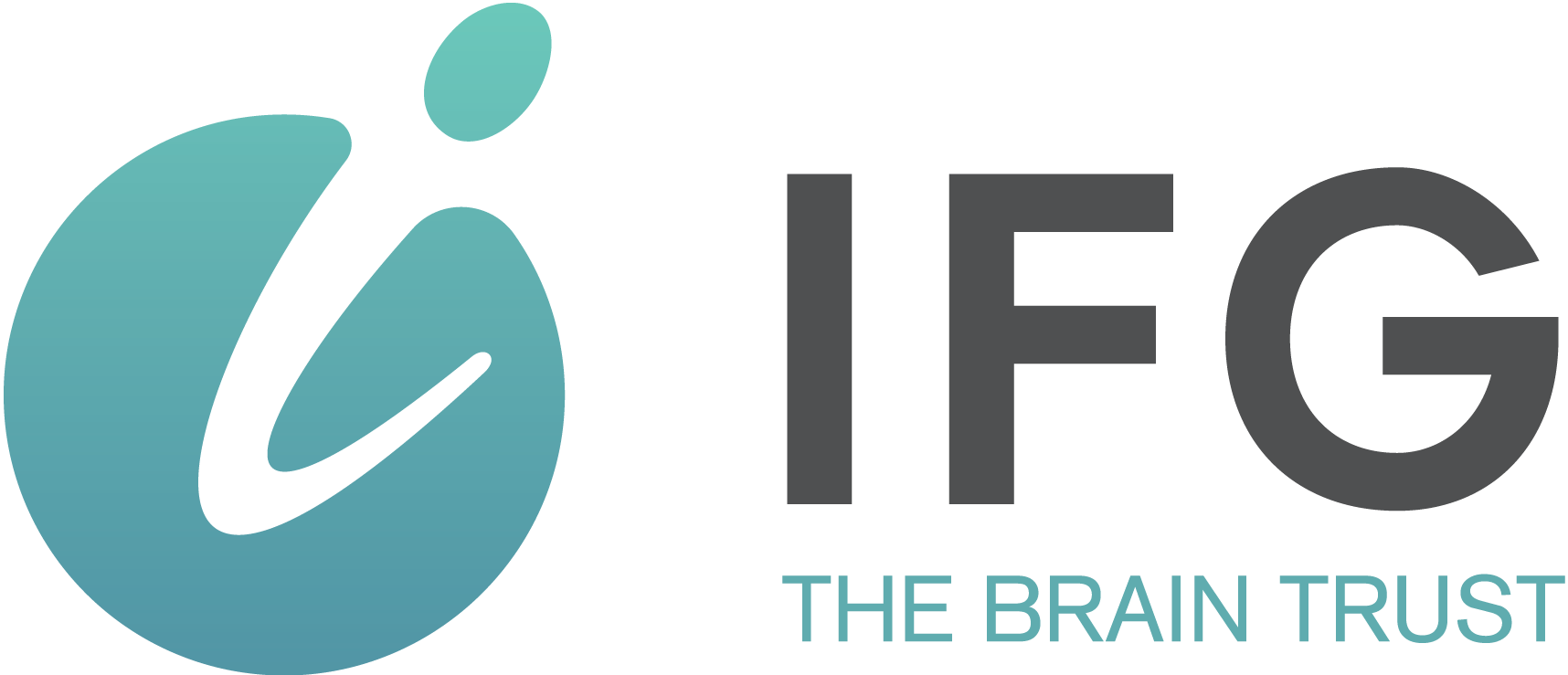- May 1, 2024
From Dream to Reality: Steps to Building Your Own Financial Advisory Practice

Establishing your own financial advisory practice can be the beginning of a new and rewarding chapter in your professional life. Opting to open an independent Registered Investment Advisor (RIA) firm can provide more flexibility and direct influence over your business growth.
However, the transition process from employee to firm owner is neither simple nor immediate.
Creating and launching your own Registered Investment Advisor (RIA) firm means navigating through a series of intricate steps. From the legal creation of your RIA to choosing the right technology and vendors, it’s easy to feel overwhelmed, especially as you bear the full responsibility for these decisions.
Though the path to independence may seem daunting, you’re not walking blind. The experiences of those who’ve successfully walked this road, like many of the advisors who make up the IFG Brain Trust, are good as gold. With the right guidance and preparation, your dream of running your own firm is achievable.
This blog aims to break down the process of moving from the wirehouse or large firm environment to establishing your own firm, ensuring you’re equipped to make the transition as smoothly as possible.
9 Steps to Starting Your Own Financial Advisory Practice
If you’re planning to start an RIA firm, understanding the step-by-step process is vital, as it typically spans several months. Early planning is key to ensure you’re moving towards opening your firm within a feasible timeframe without overlooking essential steps.
Here are nine fundamental steps to consider when starting an RIA firm:
1. Examine Your Current Employment Contract
Launching an RIA without a client base can be challenging, especially if you’re transitioning directly from being an employee to running your own firm.
While some hope to bring existing clients to their new venture, this can cause issues with your current employer. They may have restrictions, such as non-solicitation or non-compete clauses to prevent this, so it’s important to check out your contract to protect yourself from possible future litigation.
2. Assess Your Finances
If you have decided to go ahead and dive into setting up an RIA with few or no clients, you’ll need to plan for personal and business expenses. Plan on dipping into your personal savings or investments or taking out a small business loan to stay afloat until you build that client base.
Typically, startup costs will run between $10,000 and $50,000, including state fees and initial setup costs. Legal setup fees, office necessities, setting up technology infrastructure, and costs for marketing efforts all add up. Then there’s hiring staff and setting up payment systems, which will also contribute to startup costs.
Once past the startup phase, annual expenses can range from $20,000 to $30,000. These include compliance updates, software for financial planning, and office overheads. Remember that some startup costs recur annually, so it’s important to account for those expenses in your budget.
3. Acquire Required Certifications
Holding a Series 65 license is essential for operating as an RIA, offering a streamlined pathway for those choosing to practice strictly within the RIA arena, as it negates the necessity for a Series 7 license.
To prepare for the Series 65 exam, consider enrolling in self-paced online courses. These courses provide a flexible learning environment, allowing you to study at your own pace and on your own schedule.
Additional Certifications
You may also consider attaining some additional professional designations (such as the ones listed below), as these may help enhance credibility.
- Certified Financial Planner (CFP): This designation demonstrates a high level of competency in financial planning, investment planning, and retirement planning.
- Chartered Financial Analyst (CFA): Recognized globally, the CFA certification is ideal for those specializing in investment analysis and portfolio management.
- Chartered Financial Consultant (ChFC): Great for those focused on providing more comprehensive financial planning, covering areas such as insurance, tax planning, and estate planning.
- Personal Financial Specialist (PFS): Offered by the American Institute of CPAs, this designation is for CPAs who are specializing in financial planning.
- Certified Financial Planner (CFP): This designation demonstrates a high level of competency in financial planning, investment planning, and retirement planning.
4. Formalize Your Business Structure
A crucial step in starting a RIA firm is to legitimize it as a legal entity. This involves selecting a business structure — such as a sole proprietorship or limited liability company — setting up business banking accounts, securing the necessary insurance, and obtaining any state or local licenses required to operate.
Additionally, consider hiring a business attorney to guide you through selecting the appropriate entity for your firm. The choice of business structure will impact your liability and tax obligations, so the path you decide to take matters. A business attorney can help you understand the licensing you need, based on your business model.
5. Decide on a Fee Structure
Your earnings as an RIA firm owner depend on the fee model you adopt. There are various ways to structure your fees; some are based on assets under management, while others run on an hourly rate, as project-based fees, or a set flat fee. The key is to choose a model that aligns with the services you offer and the client demographics you aim to serve.
6. Complete Regulatory Registration
Once you’ve established your firm as a legal entity, it’s time to consider regulatory registration based on how much capital you plan to manage for your clients.
Advisors managing over $110 million in assets, for example, must register with the SEC, while those with assets under management below $100 million usually register at the state level.
Part of this process includes setting up an account with the Investment Advisor Registration Depository (IARD) for filing Form ADV. This required document outlines your services, fee structure, conflicts of interest, and professional credentials.
Approval of Form ADV by the SEC allows you to start operating as an RIA. Consulting with a compliance consultant can be invaluable at this stage. This will ensure that your firm meets all regulatory requirements.
7. Select a Custodian and Service Providers
Choosing a custodian to safeguard your clients’ assets is crucial, as is hiring other vendors critical to your firm’s operation. When evaluating custodians and technology providers, consider the breadth of their services, costs, and how well they will naturally integrate with your business’s needs.
You’ll also want to put in that extra effort to ensure you’re choosing robust and reliable CRM and accounting software, as well as performance reporting tools.
8. Implement a Marketing Strategy
With Once you’ve got your RIA firm’s structure in place, it’s time to start attracting clients. This means putting a dynamic marketing plan to work, as it is essential for increasing your visibility and fostering growth.
Depending on your target clientele, your marketing strategy might incorporate a professional website, social media engagement, and email marketing. Tailoring your marketing efforts to your desired audience is key to bringing in a steady stream of new clients.
9. Consider Working with a Partner
Now that all the parts are in working order, it’s time to launch! We’re here to help. Collaborating with a partner like Integrated Financial Group (IFG) not only simplifies the path but also significantly reduces the costs and complexities associated with establishing an RIA firm.
Utilizing our seasoned expertise and extensive resources, we’ll help accelerate your business toward reaching its goals with greater efficiency and less financial strain. You’ll also gain access to a network of support and strategies tailored to your business. This will help foster your growth and streamline your operations.



